Bill Bennett was looking for something when he set out on the ancient pilgrimage route called El Camino de Santiago. What exactly, he didn’t know. All he knew for certain was an urge had taken hold, tugging him westward across the rolling green hills and sun-baked villages of northern Spain.
His footsteps retraced those of countless souls who’d come before, drawn as if by some hidden magnetic force to the shrine of Saint James in the city of Santiago. For a thousand years, pilgrims have journeyed along this 800-kilometer way, seeking meaning, redemption, or simply an escape from life’s busyness.
Bennett wasn’t Catholic or especially devout, yet he too felt the pull. So with a knapsack and sturdy boots, he embarked on the journey, not sure what lay ahead but open to letting the Camino work its healing magic. The film The Way, My Way recounts his transformative trek, adapting pages from Bennett’s own travel memoir into a documentary-style drama starring both actors and real-life pilgrims he met on the road.
It’s a light-footed film with gentle humor and moments of poignancy. Through Bennett’s eyes, we get glimpses of his gradual awakening as the walking soothes his mind and lets truths surface. We meet other pilgrims and share in their unfoldings too, finding our own insights along their side. For those with a spirit curious to wander, The Way, My Way offers an invitation to discover what renewal may emerge when we slow our pace and open our path to the unexpected.
The Transformation on the Trail
One day out of the blue, Bill Bennett felt a strange pull to pack his bags and hike the ancient route to Santiago. Not one for grand plans or deep thinking, he hardly knew what drove him to take on the grueling 800-kilometer trek across northern Spain. All Bennett could say for sure was an urge had taken hold, tugging him westward alongside the others who’d come to be known as pilgrims over a millennia.
Setting off with Balazs, Laszlo, and Rosa, Bennett expected long days of putting one foot in front of the other as the landscape rolled by. But not long into the journey, disaster struck when he took a nasty fall and damaged his knee. Still, this cranky Aussie wasn’t ready to give up, stubbornly refusing help as pain shot through every step.
Through the rocky terrain and centuries-old villages, Bennett observed his companions, and others joined along the way. People from all walks open up, sharing pieces of their history that stay locked away elsewhere. Bonds form between complete strangers who understand each other like family, supporting one another through every rainy mile.
Slowly it dawns on Bennett that the Camino works its magic, transforming all who walk it. No longer are folks alone with their burdens—a whole community carries their hopes. And for this grouch intent on going it solo, the realization awakens his softer side, seeing value in connecting with his fellow travelers on the road less taken.
By journey’s end, not only the landscape but Bennett himself has changed in ways he never expected. The trail leaves us all with a sense of new perspective, purpose, and gratitude for every small pleasure—as well as each other—along the way.
Capturing the Camino Organically
Director Bill Bennett chose to film The Way, My Way in a way that feels utterly authentic—like simply shadowing one man’s real pilgrimage from start to finish. Much of the cast consists of those who walked beside Bennett themselves, lending a true documentary vibe as their unscripted conversations and interactions unfold naturally.
This gritty realism is complemented beautifully by the cinematography. Sweeping landscape shots place us right alongside Bennett, taking in the lush green hillsides and historic Spanish villages beneath clear skies. You can almost feel the dust on your boots and the sun warming your skin. Yet the camera remains delicate, observing intimate scenes with soft natural lighting that casts a glow akin to witnessing something soulful and profound.
Supporting the evocative visuals is a score that lifts without overwhelming. Melodies sweep in to add depth and emotion when needed before receding to let the scenes speak for themselves. During more contemplative moments, only ambient sounds of nature or village life can be heard.
All the elements come together seamlessly due to smart, unobtrusive editing. Transitions flow with the rhythm of Bennett’s footsteps, letting scenes breathe while sustaining a brisk pace as one leg is lifted in front of the other, mile after mile. Travel sequences zip by to keep the story marching forward down the trail.
Through these techniques, Bennett immerses us deeply in his journey, as if we too have laced up our boots to walk beside this unlikely pilgrim. The filmmaking feels like an organic extension of the Camino experience itself—reflective, stirring, yet understated enough that the path continues to walk us long after the credits roll.
True to Life Performances
One thing that really comes through is the authenticity provided by the many “non-actors” involved. The real pilgrims portraying themselves inject genuine emotion. You truly believe these are just regular people chosen to represent those Bennett met along his journey.
In scenes where travelers share company and conversation, it feels quite intimate. Their raw vulnerability in retelling personal struggles really moves something inside. It’s clear these moments still feel deeply meaningful. Their performances make it easy to connect and understand why the Camino can have such transformational effects.
While the director’s on-screen proxy, Bill, aims to represent Bennett, something doesn’t quite click in the leading performance. You can appreciate the effort to channel frustration through scrunched facial expressions and sighs. But the character’s full internal experience isn’t fully felt.
There are flashes where the actor taps into Bill’s uncertainties, but never a real sense of how much deeper the journey revealed. The character’s resolve comes across more as stubbornness than anything enlightened. It’s a bit of a missed opportunity at the heart.
Perhaps most impressive is Jennifer Cluff as Bennett’s partner. To put her own marriage’s intimate moments out there, trusting the story be treated respectfully, requires bravery. Her grounded and realistic portrayal adds authentic threads throughout.
While not all performances stick to the landing, the combination of lived-in emotions and care put into true depictions makes The Way, My Way feel anchored in sincerity. Its exploration of human connection and growth, however uneven in parts, ultimately rings true thanks to contributions from those who shared the original experience.
Finding Purpose on the Road
One of the main ideas this story explores revolves around self-discovery. When we first meet Bennett, he seems quite grumpy and unsure why he’s even attempting this trek. But by the end, it’s clear he gained a new perspective. Still, showing that internal change proved challenging—his shift feels a touch abrupt.
Community is another significant theme. Despite its solitary nature, Bennett finds camaraderie with an eclectic mix of pilgrims. They form bonds by opening up over harrowing pasts or joys, like singing in the moonlight. It highlights how shared experiences can foster closeness.
Finding one’s purpose is another theme addressed. Many pilgrims seek greater meaning or atonement through this journey. While Bennett resists pinning down his motive, he starts questioning what truly matters—like realizing possessions weigh him down. The walk inspires reflection on life’s meaning.
Perhaps most prominent is how small acts and simple pleasures in life offer fulfillment if we pause to notice them. Whether it’s treasured town squares or good company by an evening fire, the film urges appreciating life’s routines that nourish our spirit.
Its release comes amid trying global times, when control feels stripped away and peace seems fleeting. The Way, My Way offers a life-affirming reminder of humanity’s indomitable spirit through community and perseverance. By journey’s end, Bennett appears lighter, having rediscovered things holding real value that often lie off the beaten path.
While the story isn’t altogether cohesive, at its heart lies hope that change happens gradually. Answers aren’t always clear, but seeking, sharing the load, and soaking up life’s beauty along the way has its own rewards. It provides calm refuge from storms abroad and introspection to weather upheavals within.
Capturing the Camino Journey
The Way, My Way evokes the scenic Spanish locations one hopes to experience on a Camino trek. It beautifully showcases the lush landscapes and charming old towns travelers pass through each day. You really feel the vast scale of the 800-km route. Through sumptuous cinematography, it provides an inviting glimpse of this historic trail.
Where the film shines too is in portraying the camaraderie between pilgrims. You believe the strong bonds that form through sharing hardships of sore feet and uplifting conversations over communal meals. The combination of actor and real-life walker performances makes these scenes feel genuine.
However, while it effectively captures the journey’s beauty and human bonds, the storytelling falls short on an emotional level. Bill’s character arc lacks depth, and the lead actor doesn’t fully embody his transformation. The climactic epiphany feels unearned given weak build-up.
This unevenness means it works better as a lighthearted travelogue overview than a profoundly moving character study. It shows rather than tells Bill’s internal shift. Fans of spiritual films exploring deeper questions may find it remains surface-level.
So in summary, The Way, My Way succeeds best at transporting viewers to Spain’s idyllic Camino trail and villages. It conveys the experience’s uplifting social aspect extremely well. But those hoping for a transformative personal pilgrimage tale may feel it only scratches the surface. Light pilgrimage aficionados after a pleasant overview will find much to enjoy, while more meaning-seeking trekkers may look elsewhere. Its strengths lie in sparking a desire to walk this famed route rather than changing perspectives.
Highlights amid room for deeper reflection
The Way, My Way takes full advantage of its picturesque Spanish backdrops, immersing you in the beauty of the Camino Trail. Where it falls short is in delivering on its potential for profound personal transformation.
Bill’s journey feels resonant in parts but lacks the emotional arc to make his changes truly resonant. As a result, those seeking deep spiritual meaning may find themselves left wanting more.
That’s not to say there’s no value here. It offers charming moments of connection between pilgrims that ring true. Any film awakening an interest in walking this iconic route partly succeeds too.
For those priorities, one can fully appreciate its strengths. But comparable films like The Way with Martin Sheen may strike closer to the heart for walkers seeking cinematic companionship on their own pilgrimage.
Overall, while its scenic qualities are praiseworthy and may spark future treks, the storytelling limits how fully it touches the soul. Light pilgrimage seekers will find pleasant reflection, while others can look elsewhere for movies matching the transformative powers many experience on this famed trail.
Thank you for taking the time to read through these perspectives. I hope they provided useful considerations, whether you ultimately watch The Way, My Way or embark on the Camino journey yourself one day.
The Review
The Way, My Way
The Way, My Way uses its Spanish locations well to depict the scenic rewards of Camino trekking. Its strengths lie in conveying pilgrims' bonding and inspiring future hikes. However, the lack of emotional depth to Bill's character arc and uneven storytelling prevent it from fully capturing the transformational aspects many experience. Overall, it serves reasonably as a light introduction but falls shy of its potential for a profoundly moving pilgrimage film.
PROS
- Beautiful cinematography that transports viewers to the Camino route
- Authentic portrayal of camaraderie between pilgrims on the journey
- Inspires interest in undertaking the famous pilgrimage yourself.
CONS
- Shallow character development and emotional arcs
- Uneven storytelling that feels disconnected at times
- Lead performance lacks full embodiment of character transformation.

































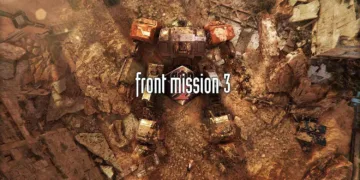







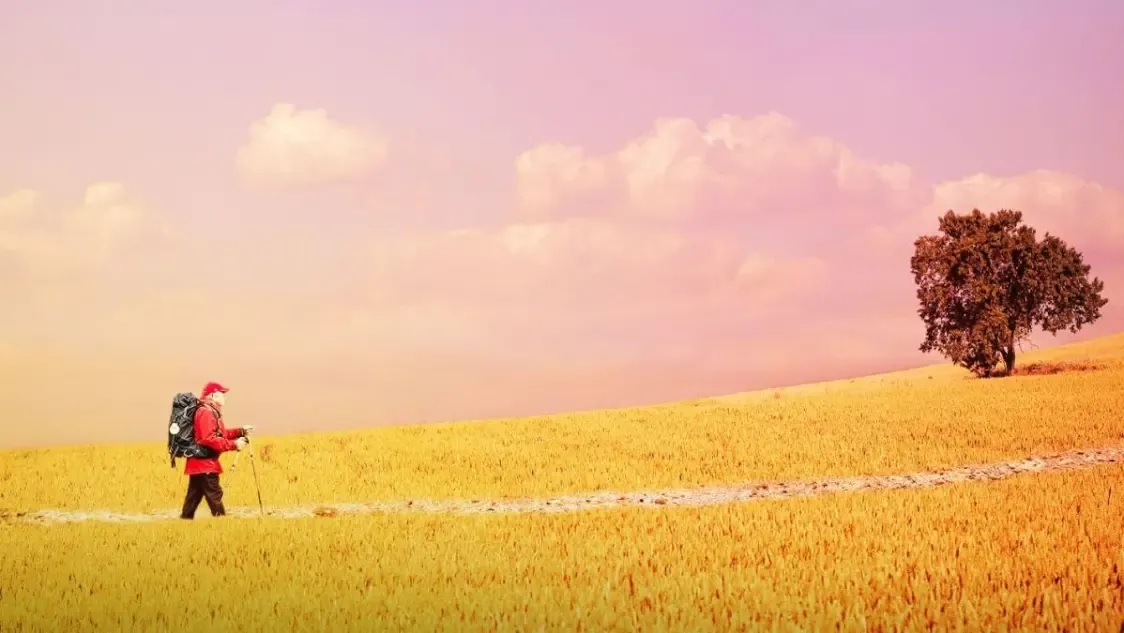
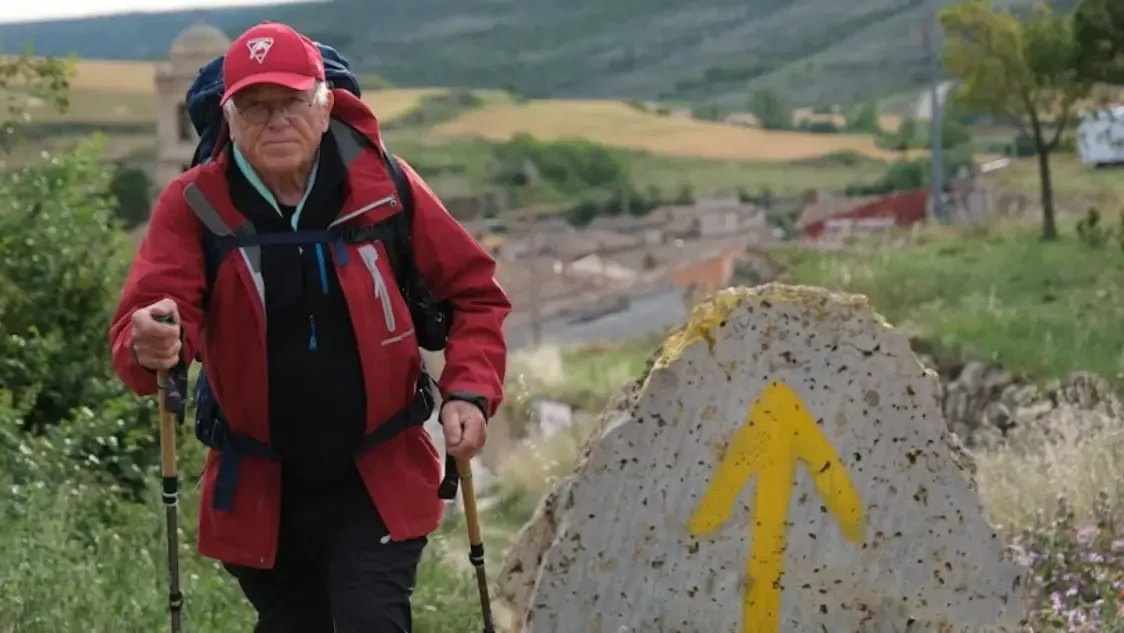
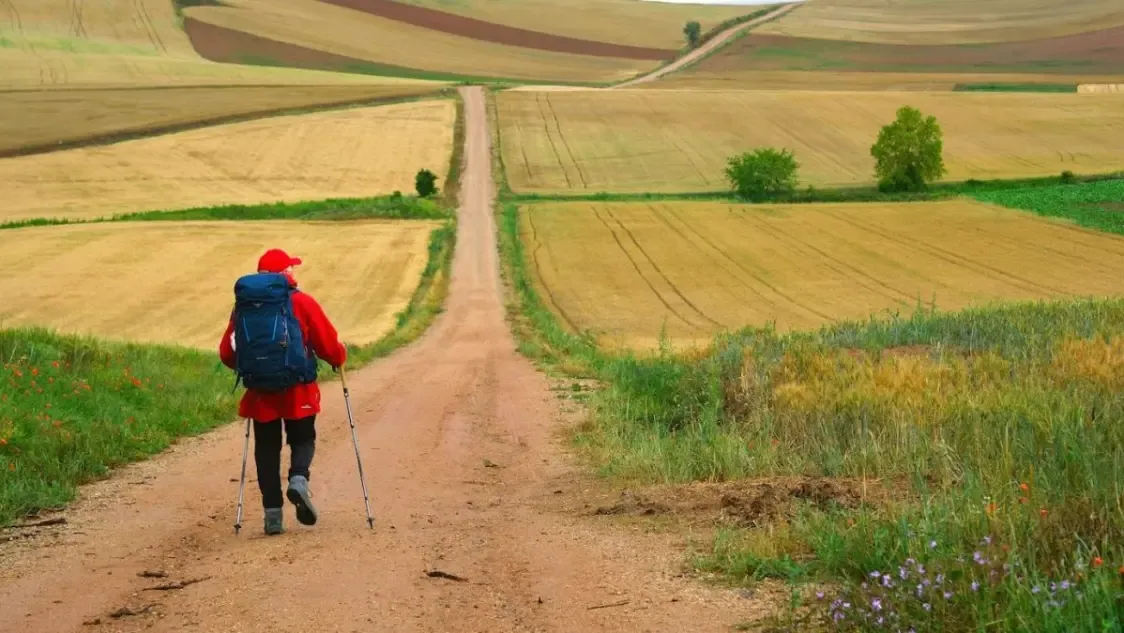
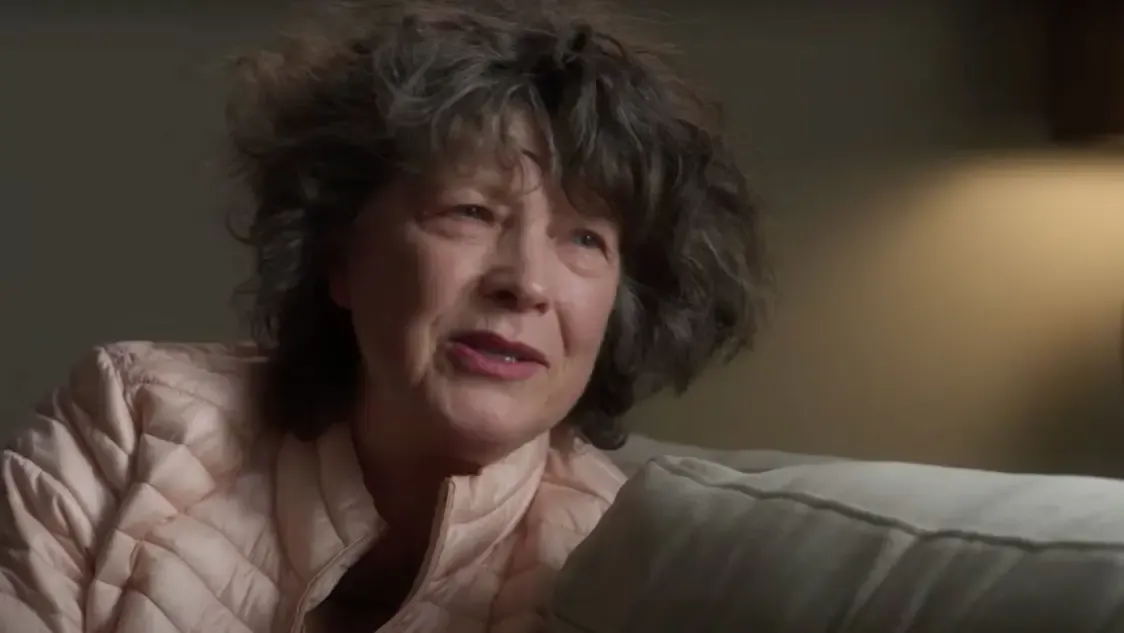








Discussion about this post